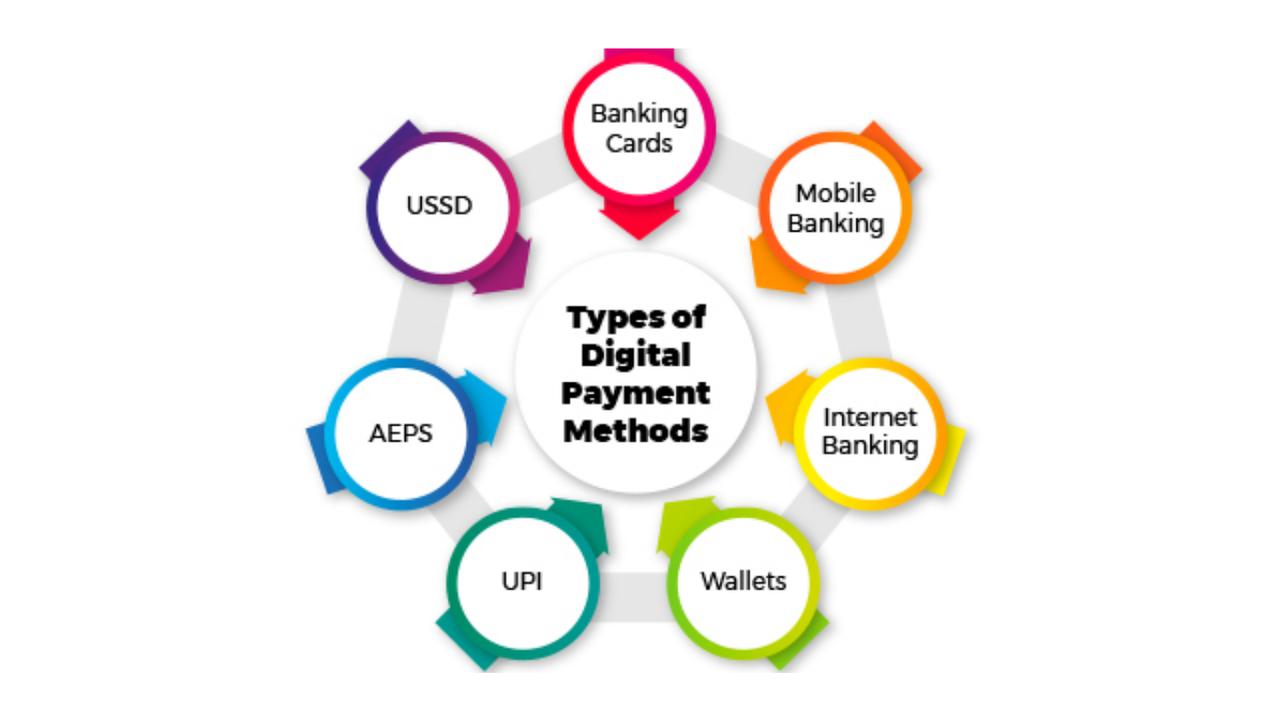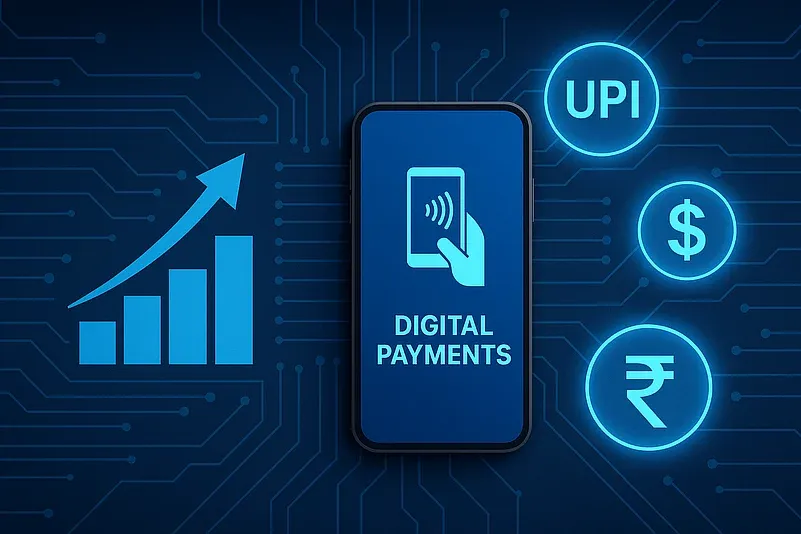
In the digital period, money related exchanges have seen a gigantic move. A feature on digital payment systems highlights how innovation has revolutionized the way people and businesses exchange cash. From cash-based economies to cardless and contactless installments, the advancement is quick and unstoppable.
Digital payment systems allude to the stages and administrations that encourage cashless financial exchanges utilizing electronic strategies. These frameworks are planned for productivity, speed, and security, catering to the needs of customers, undertakings, and governments.
Whether it’s UPI in India, PayPal in the U.S., or Alipay in China, advanced installment arrangements have gotten to be necessarily to present day commerce.
Why Digital Payment Systems Matter
- Convenience: Installments can be made anyplace, anytime.
- Security: Progressed encryption and confirmation decrease extortion risks.
- Speed: Moment exchanges minimize delays in trade and individual finance.
- Traceability: Exchange records give straightforwardness and money related tracking.
- Cost Productivity: Decreases overheads related with cash taking care of and bank visits.
Read Also: Why Digital Transformation is Essential for Business Growth?
Types of Digital Payment Systems Matter

1. Portable Wallets
Apps like Google Pay, Apple Pay, PhonePe, and Paytm permit clients to store cash carefully and pay with a few taps. For both online and retail purchases, portable wallets are widely accepted and easy to use.
2. Bank Cards (Debit/Credit)
In the sophisticated installment biological system, plastic money—such as Visa, Mastercard, and RuPay cards—continues to be a powerful force. They offer a secure, controlled, and universally acknowledged installment method.
3. Web Banking
Internet keeping money stages let clients oversee their accounts and start installments online, without going to a physical branch.
4. Bound together Installment Interface (UPI)
India's UPI framework has re-imagined advanced installments. With real-time bank-to-bank exchanges utilizing portable numbers or UPI IDs, it’s secure, quick, and free.
5. Cryptocurrencies
Decentralized advanced monetary forms like Bitcoin and Ethereum are pushing the boundaries of conventional installment models. In spite of the fact that not broadly acknowledged however, they speak to a cutting edge mode of advanced transactions.
6. Purchase Presently, Pay Afterward (BNPL)
Services like Klarna, Afterpay, and Simpl let clients concede installments whereas making buys instantly—offering credit-like administrations with adaptable repayment.
How Digital Payment Systems Matter Work
Digital installment frameworks work by interfacing users’ bank accounts, portable wallets, or cards to an online or portable stage. Each exchange passes through numerous layers of encryption and secure doors some time recently coming to the beneficiary. Here’s a straightforward step-by-step overview:
- User Authorization: Unique mark, Stick, OTP, or Confront ID.
- Payment Start: App or site triggers installment request.
- Transaction Preparing: Secure installment portal courses funds.
- Confirmation: Both sender and collector get exchange receipts.
- Ledger Upgrade: Real-time upgrade in bank or wallet balances.
Benefits of Digital Payment Systems
1. Improved Security
End-to-end encryption, tokenization, two-factor confirmation, and AI-driven extortion discovery guarantee that users’ monetary information is protected.
2. Monetary Inclusion
Digital installments have empowered get to to keeping money and credit administrations for millions who already needed money related infrastructure.
3. Eco-Friendly Transactions
Reducing the utilize of paper, fuel (for ATM or bank visits), and plastic cards underpins maintainable and green banking.
4. Real-Time Insights
Businesses and people can screen their exchanges immediately, supporting in budgeting and extortion prevention.
5. Worldwide Reach
Cross-border payments are faster and more effective than conventional Quick or wire transfers.
Challenges in Digital Payment Adoption
While the development is verifiable, computerized installment frameworks confront certain hurdles:
- Cybersecurity Dangers: Programmers ceaselessly endeavor phishing, extortion, and information breaches.
- Digital Partition: Country and elderly populaces frequently need advanced proficiency or web access.
- Infrastructure Confinements: Solid network and power are prerequisites.
- Merchant Appropriation: A few little businesses still favor cash due to preparing expenses or need of trust.
Latest Patterns in Digital Payment Systems Matter

1. NFC and Contactless Payments
Tap-to-pay utilizing cards or versatile phones is picking up footing due to cleanliness concerns and convenience.
2. QR Code Payments
QR codes, which are particularly used in Asia, allow for instant payment using flexible apps without the need for additional hardware.
3. Voice-Enabled Payments
AI associates like Alexa and Google Collaborator are coordination installment highlights, empowering voice-based transactions.
4. AI and Machine Learning
Used for extortion location, personalized offers, and foreseeing client investing behavior.
5. Cross-Platform Integration
Super apps (e.g., WeChat, Paytm) combine shopping, managing an account, contributing, and informing into one consistent experience.
Digital Payment Systems Over the World
India
- UPI is the spine of India’s cashless ecosystem.
- RBI advances interoperability and information assurance through rules and the Advanced Rupee.
USA
- Dominated by card-based and portable wallet systems.
- Zelle, Venmo, and Cash App are common peer-to-peer platforms.
China
- Alipay and WeChat Pay dominate the electronic installment business.
- Strong integration with every day life counting transport, utilities, and shopping.
Europe
- Unified beneath SEPA (Single Euro Installments Range) standards.
- Emphasis on PSD2 direction for security and open banking.
Future of Advanced Installment Systems
The highlight on computerized installment frameworks would be deficient without a look at the street ahead.
- Central Bank Computerized Monetary standards (CBDCs): Nations like China (Advanced Yuan) and India (e₹) are testing with government-backed computerized currencies.
- Blockchain-Based Installments: Past crypto, blockchain is being investigated for quicker, straightforward, and decentralized installment solutions.
- IoT-Enabled Installments: Savvy ice chests and cars may make robotized installments based on stock or fuel levels.
- Biometric Installments: Unique finger impression and retina checks might supplant conventional methods.
Digital Installment and Little Businesses
Small and medium endeavors (SMEs) advantage colossally from advanced installment systems:
- Lower Exchange Costs
- Better Client Experience
- Access to Credit and Loans
- Sales Analytics and Reports
Government activities like Advanced India, PM SVANidhi, and Mudra Credits advance empower selection among micro-entrepreneurs.
Tips for Secure Advanced Installment Usage

- Use Trusted Apps as it were from official stores.
- Enable Two-Factor Verification for all money related apps.
- Avoid Open Wi-Fi when making payments.
- Keep Program Overhauled to fix vulnerabilities.
- Monitor Exchanges Frequently for suspicious activity.
Conclusion: A Digital Future is Here
The computerized insurgency has changed the confront of worldwide installments. Thanks to developments in AI, blockchain, cloud computing, and diverse innovation, automated payment systems are now safer, faster, and more intelligent than before.
Governments, budgetary teach, and tech companies proceed to thrust the boundaries, guaranteeing that each transaction—whether it’s a container of coffee or an worldwide transfer—is fair a tap or a tap away.
FAQs: Include on Digital Payment Systems
Q1. What is a advanced installment system?
A advanced installment framework permits cashless exchanges through electronic stages such as versatile wallets, UPI, or credit/debit cards.
Q2. Is UPI secure for making payments?
Yes, UPI is controlled by the Save Bank of India and employments two-factor confirmation and end-to-end encryption.
Q3. What are the most prevalent computerized installment platforms?
There are many popular payment platforms, such as PayPal, Google Pay, PhonePe, Apple Pay, Alipay, WeChat Pay, and UPI.
Q4. Can little businesses advantage from computerized payments?
Absolutely. They pick up get to to a broader client base, way better budgetary following, and faster settlements.
Q5. What is the future of computerized installment systems?
The future incorporates CBDCs, AI-powered extortion location, voice-based exchanges, and biometric confirmation.
Related Posts: